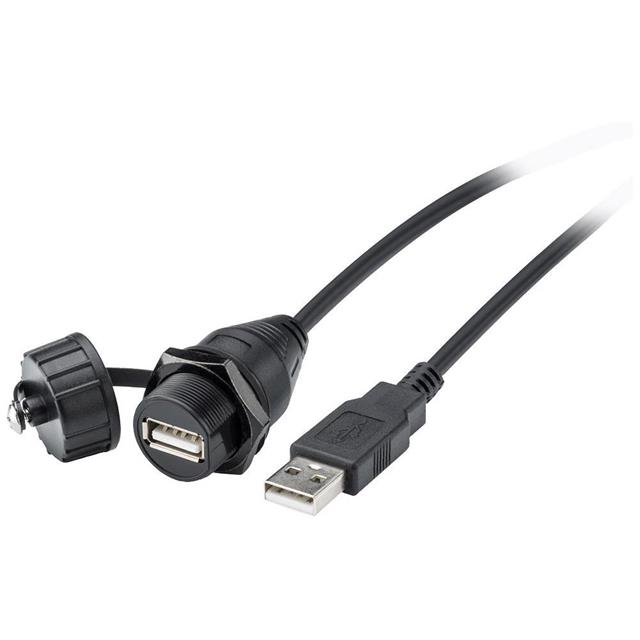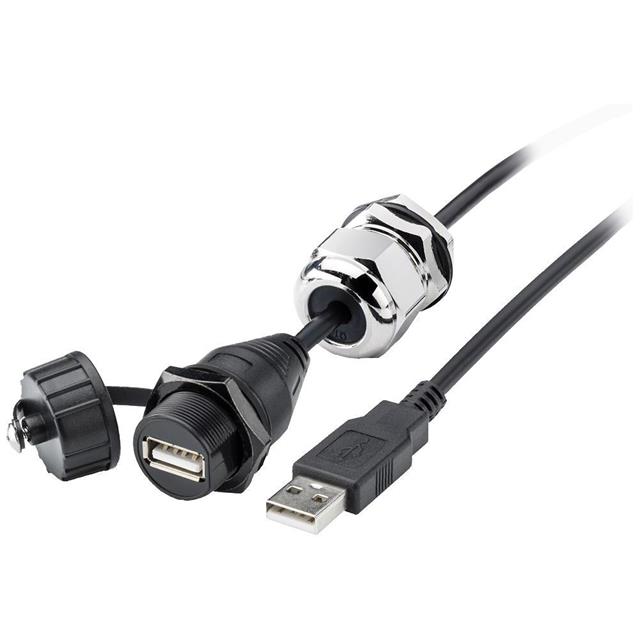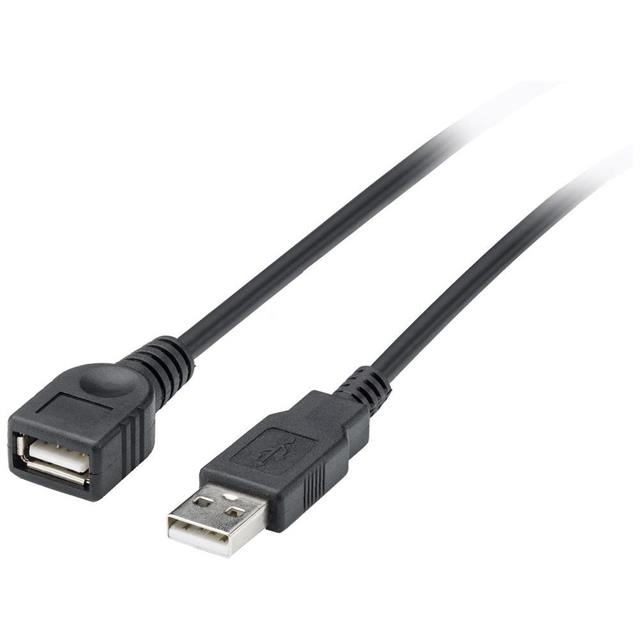
Siemens
Siemens is a global technology powerhouse that operates in various sectors, including industry, energy, healthcare, and infrastructure. With a history dating back over 170 years, Siemens has established itself as a leader in innovation and sustainability. The company offers a wide range of products, solutions, and services, ranging from automation and digitalization to electrification and mobility. Siemens' industrial automation systems help optimize manufacturing processes, while their energy solutions focus on efficient power generation and distribution. In the healthcare sector, Siemens provides advanced medical imaging equipment and clinical IT systems. Additionally, Siemens is involved in developing smart infrastructure solutions to support sustainable development in cities and communities. With a strong commitment to technological advancement and social responsibility, Siemens continues to drive progress and shape the future across multiple industries.
USB Cables
Results:
4
Series
Configuration
Length
Transfer Rate
Features
Specifications
Color
Shielding
Wire Gauge
Results remaining:4
Applied Filters:
Siemens
About USB Cables
USB cables are widely utilized for transmitting data between devices or for powering and charging electronic devices. These cables feature USB interconnects on one or both ends, enabling seamless connectivity with various devices, particularly computers and external peripherals.
USB cables come in different configurations, lengths, specifications, wire gauges, shielding options, and styles, ensuring compatibility and optimal performance in diverse scenarios.
The configuration of USB cables refers to the arrangement of connectors at each end. Common configurations include female to female, female to male, male to male, female to cable, and male to cable. Each configuration serves specific purposes depending on the desired connection setup.
USB cables utilize different types of USB connectors, such as USB-A female/male, USB-B female/male, micro B female/male, micro A female/male, C female/male, mini A female/male, mini B female/male, and power male plug. These connectors have distinctive shapes and sizes, allowing them to interface with corresponding ports on devices.
The length of USB cables can vary to accommodate different spatial requirements and connectivity distances. They are available in various lengths, ranging from short cables suitable for close-range connections to longer cables that provide flexibility and convenience when devices are physically distant.
Specifications of USB cables may include data transfer rates (such as USB 2.0, USB 3.0, or USB 3.1), power delivery capabilities, and compatibility with specific USB standards.
Wire gauge refers to the thickness of the wires inside the cable. Different wire gauges offer varying levels of electrical conductivity and durability.
Shielding is an important feature in USB cables, as it helps reduce electromagnetic interference (EMI) and ensures reliable data transmission.
Lastly, USB cables exhibit different styles and designs, allowing users to select the most suitable option based on their preferences and needs.
In summary, USB cables are versatile tools that enable data transmission, power delivery, and charging for electronic devices. With various configurations, lengths, specifications, wire gauges, shielding options, and connector styles, these cables provide flexibility and compatibility across a wide range of applications.




